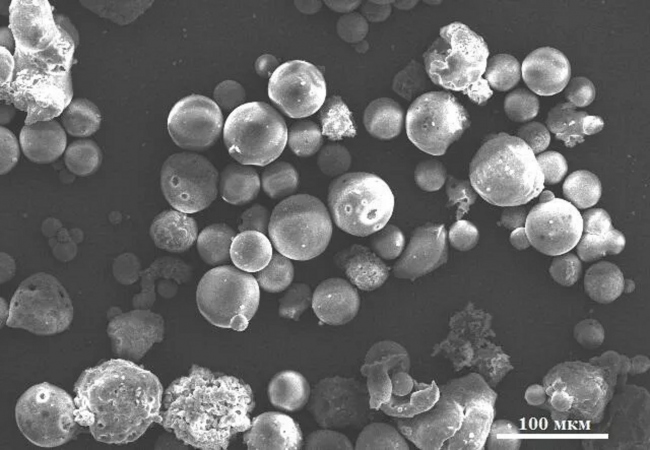MOSCOW, June 27 - RIA Novosti. Vyatka State University scientists have determined how much greenhouse gases disrupt the transparency of the atmosphere. They found that burning fossil fuels disrupts transparency by 20–46% in the visible wavelength range and almost completely in the far infrared. The results were published in the scientific journal "Theoretical and Applied Ecology".
The combustion of fossil fuels is accompanied by emissions of greenhouse gases (mainly carbon oxides and water vapor) into the Earth's atmosphere. According to the world community, the excess amount of greenhouse gases in the atmosphere has become one of the main reasons for the gradual change in climate conditions on Earth.
The Earth's atmosphere is a kind of filter that passes rays of certain wavelengths through itself, and thereby controls the amount of solar radiation entering the Earth and the amount of radiation (energy) that returns back into space.
The human eye distinguishes light in the so-called "visible range" of wavelengths, from 400 to 780 nm. This range is one of the transparency windows of the atmosphere; solar rays with these wavelengths are weakly absorbed when passing through the atmosphere. If the wavelength exceeds 800 nm, then it belongs to the infrared range, where there are also transparency windows.
The second significant window is the range from 7,500 nm to 14,000 nm, since it is in this region that the thermal radiation of the earth's surface is diverted from the planet into outer space, preventing it from overheating and reducing the greenhouse effect. It is these zones that are "covered" by greenhouse gases and small particles of substances emitted from industrial thermal power plants.
Researchers at the Vyatka State University (VyatSU) have quantitatively characterized the "opacity" formed in the atmosphere for solar radiation . The scientists calculated absorption coefficients and absorption functions in the 400–14,000 nm spectral range both in a clean atmosphere and in the presence of flue gases and ash particles formed during the combustion of solid fuels to produce heat and electricity.
"The world community is increasingly raising the issue of changes in climatic conditions caused by an increase in the greenhouse effect due to an increase in the consumption of fossil fuels - coal, peat, oil, natural gas. The need to assess the carbon footprint when producing a unit of production imposes certain obligations on countries rich in energy resources who are not ready to abandon the use of fossil fuels,” said Iraida Zagray, senior researcher at the Department of Engineering Physics, Vyatka State University, one of the authors of the publication.
According to her, the methodology developed by Vyatka State University scientists can be used to calculate the parameters of radiation absorption by fuel combustion products in various power plants and to assess the possible greenhouse effect and environmental impact of emissions on the Earth's atmosphere.
"Knowing the composition of the atmosphere and combustion products from the combustion of specific fuels, it is possible to assess the impact of industrial emissions on the absorption of solar radiation in the atmosphere. To solve these problems, it will be necessary to use the entire world's intellectual potential," Zagrai added.
The researchers used the methods of X-ray fluorescence spectroscopy and scanning electron microscopy to determine the chemical composition and particle size. They obtained spectral characteristics using computer simulation.
As an example, scientists have shown that with an air layer thickness of 10 m, in the absence of a flue gas cleaning system for the visible range, the absorption of solar radiation can be up to 20% when burning coal and up to 46% when burning peat. In a wide atmospheric transparency window in the infrared range from 7,500 nm to 14,000 nm, absorption reaches values from 73 to 100% when burning coal and from 64 to 100% when burning peat.
Today, the research team deals with the problems of slagging and the control of the formation of nitrogen oxides (NOx) in the furnaces of steam boilers. To protect the ambient air from pollution and minimize the formation of NOx, it is necessary to maintain a constant and stable temperature level of the combustion products. In this regard, scientists are considering the development of software and hardware systems for determining the temperature during the combustion of fossil fuels.
The study was carried out as part of the Priority 2030 university support program.

